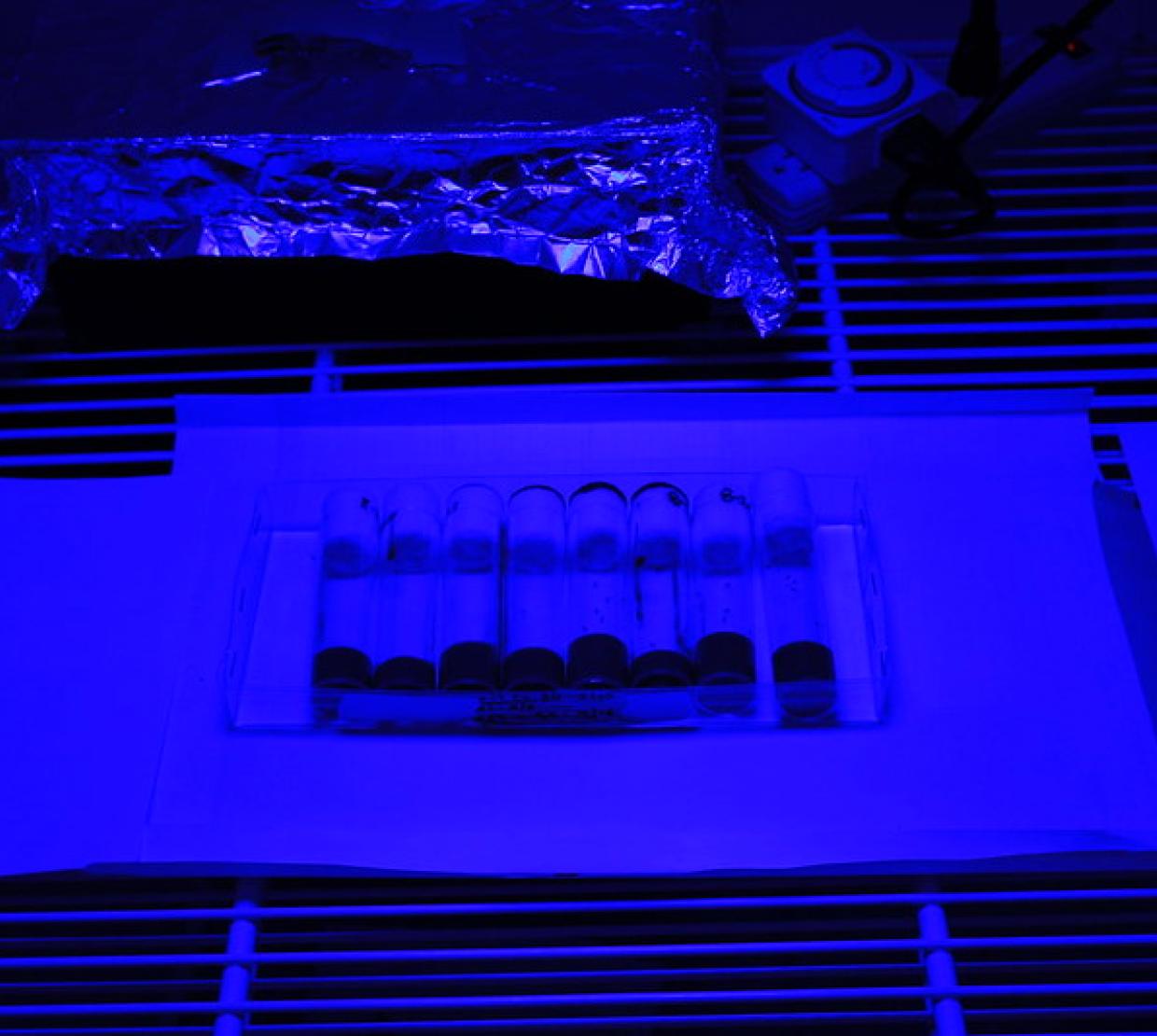The damaging effects of daily, lifelong exposure to the blue light emanating from phones, computers and household fixtures worsen as a person ages, new research by the Department of Integrative Biology suggests.
The study, published today in Nature Partner Journals Aging, involved Drosophila melanogaster, the common fruit fly, an important model organism because of the cellular and developmental mechanisms it shares with other animals and humans.
Jaga Giebultowicz, a researcher in the OSU College of Science who studies biological clocks, led a collaboration that examined the survival rate of flies kept in darkness and then moved at progressively older ages to an environment of constant blue light from light-emitting diodes, or LEDs.
The darkness-to-light transitions occurred at the ages of two, 20, 40 and 60 days, and the study involved blue light’s effect on the mitochondria of the flies’ cells.
Mitochondria act as a cell’s power plant, generating adenosine triphosphate, or ATP, a source of chemical energy.
In earlier research, Giebultowicz showed that prolonged exposure to blue light affected flies’ longevity, regardless of whether it shined in their eyes.
“The novel aspect of this new study is showing that chronic exposure to blue light can impair energy-producing pathways even in cells that are not specialized in sensing light,” Giebultowicz said. “We determined that specific reactions in mitochondria were dramatically reduced by blue light, while other reactions were decreased by age independent of blue light. You can think of it as blue light exposure adding insult to injury in aging flies.”
Read the full story here.




